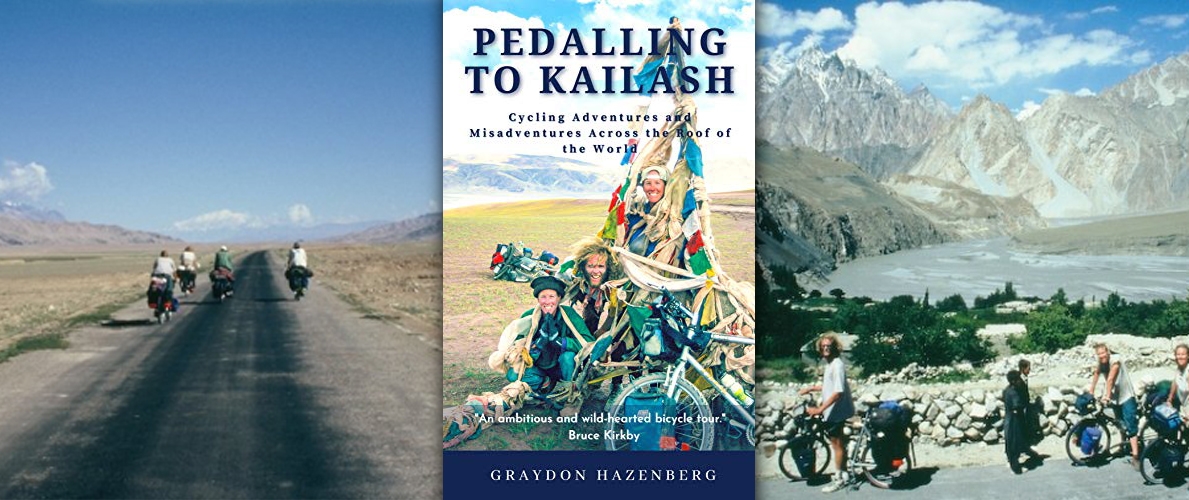
The Tiger: A True Story of Vengeance and Survival
John Vaillant, Knopf Canada, 2010 • 329pp.
The region is Primorye, located in Russia’s Far East. On a frigid day in the dead of winter, a man is returning to his cabin in the remote wilderness with his dog. The region is populated with Amur tigers, which have an awesome ability to be present without being seen. A tiger’s presence is thus often impossible to detect until it emerges from the shadows to launch a fierce attack. When the man is reported missing, a team of inspectors whose job it is to protect tigers from human poachers, begin a search. The outcome is somehow known in advance. Within hours, the team uncovers the evidence of the tiger’s ferocious power. The snow is bloodstained and human and dog bones are scattered about the frozen landscape. The men fear the tiger’s presence and thus quickly retreat for fear of crossing it again. In the wake of the deadly attack, serious questions must be answered. Why did the tiger attack a person? Will it attack again? The gathering of evidence raises a deeper question still. Why did the tiger intentionally stake out its victim?
This is the event and a sample of the questions it inspired that forms the basis of John Vaillant’s book, The Tiger: A True Story of Vengeance and Survival. A tiger weighing close to seven hundred pounds that can cover fifty yards in a blink of an eye is stalking members of a small community located in one of the remotest parts of Russia. In telling the tale, Vaillant also draws the reader into a world populated with a cast of characters that in so many ways exemplify post Perestroika Russia. The changing relationship between the tigers inhabiting this remote wilderness and the human communities surrounding it begins to shed light on the reasons for the attacks. Many of the men are poor, desperate and fatalistic. The forest for them represents an opportunity to stake out a meager livelihood, sometimes by poaching tigers. The region borders China, where there exists a booming black market for all parts of the great animal. Others are men of enormous physical strength whose professional responsibility is to exercise some state control in a largely lawless region. Alas, they are almost powerless to stop the onslaught. Indeed as Vaillant makes clear, Perestroika was necessary in Russia’s evolution towards a more democratic state, but it also ushered in an era in which tigers have been more easily and ruthlessly hunted. In Russia’s remotest regions, the state’s power and resources are limited and people must find a way to survive in a place with few economic opportunities. The physical climate is almost as unrelentingly harsh as the economic climate. Winters are frigid and summers are scorching hot. Not surprisingly, protecting tigers and other forms of conservation is hardly uppermost in the minds of most of the region’s inhabitants. In such a place, the tiger, for all its power and majestic beauty, barely stands a chance.
Indeed Vaillant’s greatest strength is his ability to create suspense while simultaneously exploring the tiger’s world and the forces fuelling the tiger population’s decline. The reader is drawn to the edge of his/her seat waiting to learn of the tiger’s next attack. The community’s anxiety is palpable. But in recalling that anxiety and the attempts to track the tiger down, Vaillant is always directing the reader towards the larger story of the threat to the Amur tiger as a species. Where there were once many thousands of tigers, there are now only hundreds left. The dwindling of the tiger population, for Vaillant, is indicative of a growing imbalance in the ecosystem and the web of relationships that make up life in the taiga. Tigers help to maintain a balanced ecosystem by virtue of their power. When they kill a predator for food, other animals all the way down the food chain benefit as well. Some readers may feel Vaillant is in danger of elevating both the tiger’s role and its intelligence. The creature acts according to instinct and is not nearly as intelligent or discerning as he or others might suggest. Yet the tiger at the heart of the story clearly demonstrated the sort of intelligence we don’t normally associate with wild animals. It appears as though he stalked his first victim with calculation and patience. In the gathering of evidence, moreover, we discover that the victim in question did indeed poach tigers.
Vaillant is not without hope. If the tiger is to be saved there must be a greater recognition of what might be referred to as indigenous wisdom. Throughout the period of the tiger’s rapid decline, the Udeghe, Nanai and Orachi communities have all served as potent reminders that tigers and humans once peacefully coexisted. There once was a mutual respect. Tigers, they insist would not kill humans so long as humans would not kill them. Humans, in other words, need to better appreciate that ecosystems require balance and landscapes should be shared. Otherwise we run the risk of dominating the tiger to the point of its extinction. n









